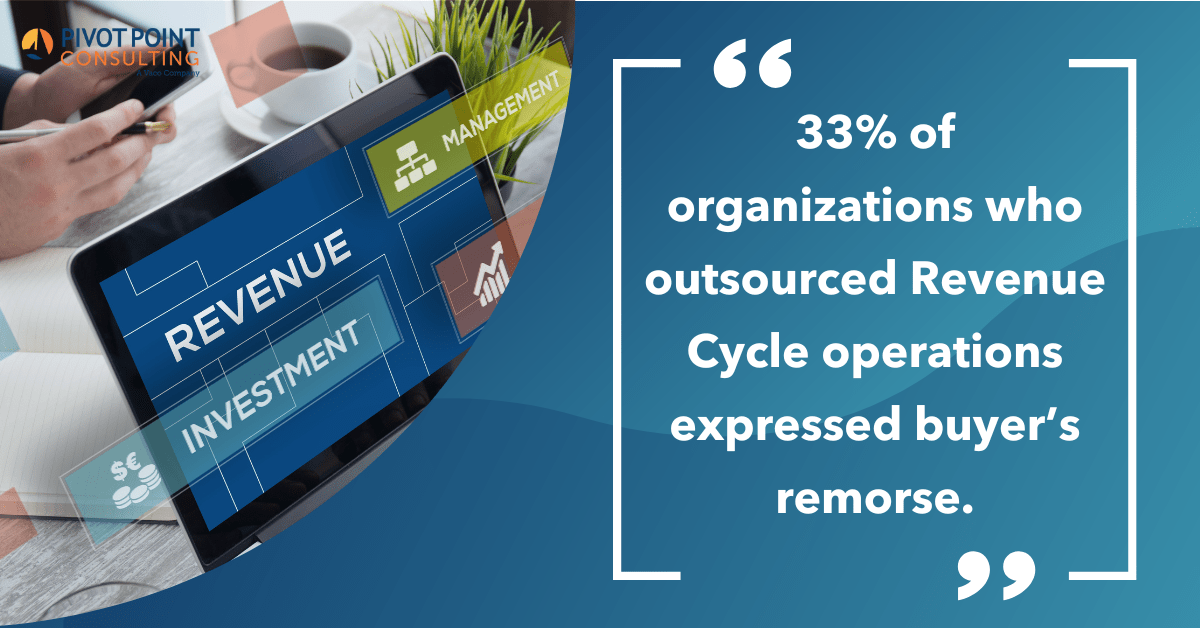We have been here before. But not this fast. With an expected CAGR growth of 16% between 2022 and 2032, we are seeing historic shifts in how healthcare entities respond to the current operational and market pressures of maintaining a well-functioning and compliant billing department. The industry is contracting and the market unpredictable. Staffing shortages continue to plague the industry—from the front line to the back office. The payor plans and regulatory requirements are increasingly complex. The challenges of Revenue Cycle Management are top of mind for CFO and CIO. In a recent KLAS/Bain study, 50% of respondents said RCM was a top priority, with outsourcing being heavily considered. Black Book reported in September that 70% of providers will seek advisors to optimize their current Revenue Cycle Management systems, including the possibility of outsourcing in 2023-2024.
Benefits and Drawbacks of Revenue Cycle Outsourcing
In many respects, outsourcing appears as a solid strategic option that
- Taps into a scalable service option, without being burdened with costly staff expense and churn
- Take advantage of the latest technological advances to create efficiency without the capital investment or long-term commitment and maintenance costs
- Creates illusion of “not my problem anymore”
However, achieving these benefits is not easy. In a 2021 KLAS study, 33% of organizations who outsourced their Revenue Cycle operations expressed buyer’s remorse. Even with the now common risk sharing models, organizations can struggle to achieve the promised ROI through outsourcing. Some reasons include:
- RCM vendor staff turnover. This requires constant retraining which can result in longer TAT, higher AR numbers, which lowers cash flow
- Managing the v vendor – rare is it that revenue cycle management can truly be turnkey. Your resources will be required to manage/monitor the performance of the vendor AND provide ongoing institutional perspective as payor and regulatory requirements change
- Time, energy, and costs consumed by licensing and other contractual obligations required for the vendor’s revolving team to access your systems and tools
- Costs associated with rebuilding your revenue cycle operations, once the pendulum swings the other way, away from outsourcing and back to providing in-house services
Final Thoughts
When evaluating whether to outsource revenue cycle functions, the CFO and CIO must collaborate to assess near-term and long-term cost/benefits. Our perspective in working with clients on RCM outsourcing evaluation is to establish a comprehensive approach in evaluating your revenue cycle operations strategy and current operational strengths and weaknesses. Outsourcing RCM is not a panacea, but it can be a prudent and productive decision informed by careful evaluation and thoughtful transition of technology and services.


